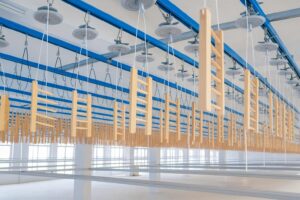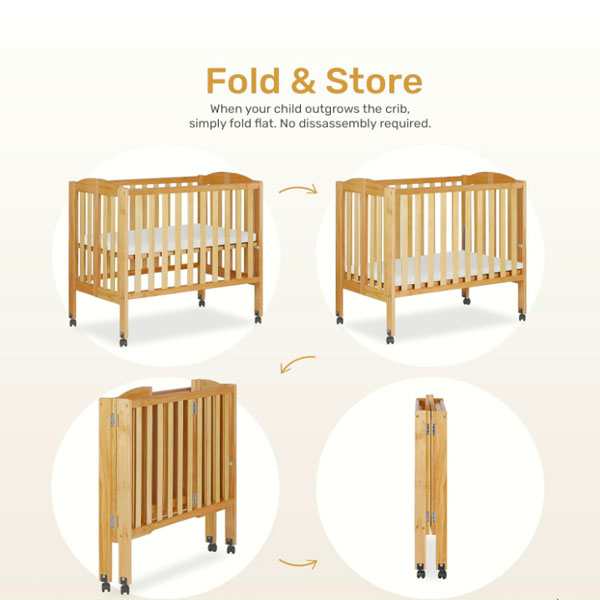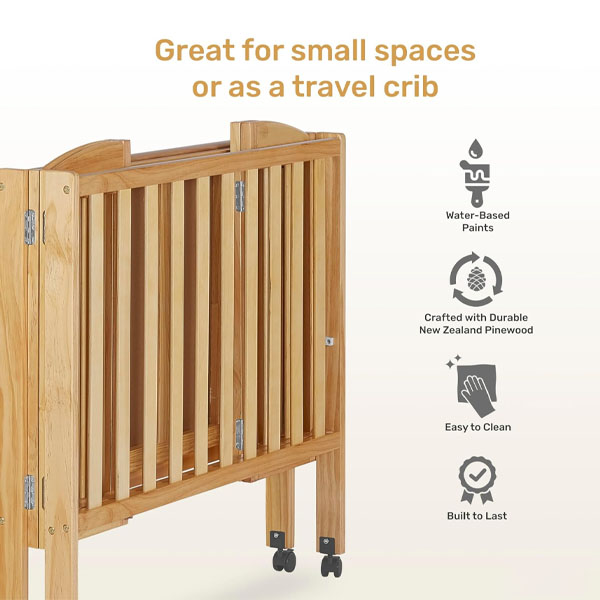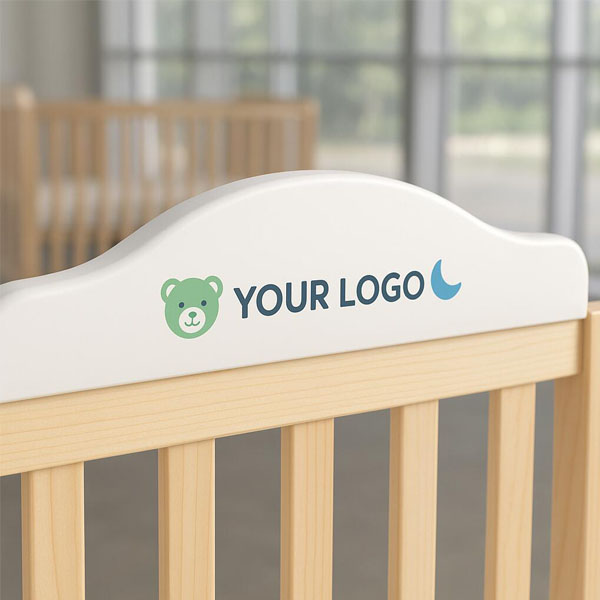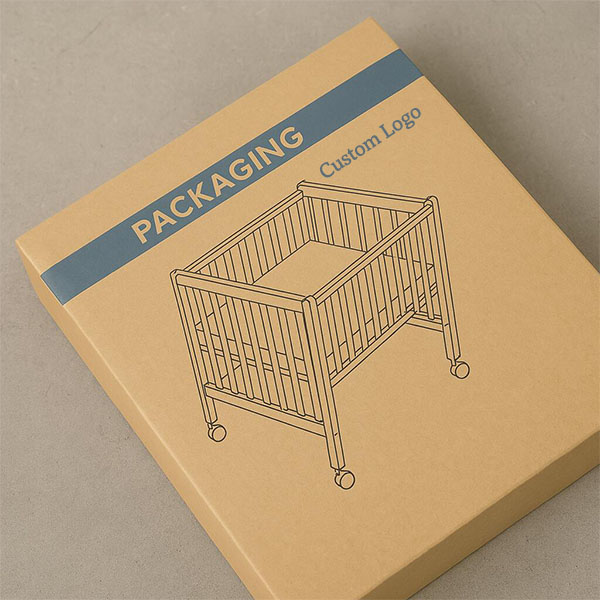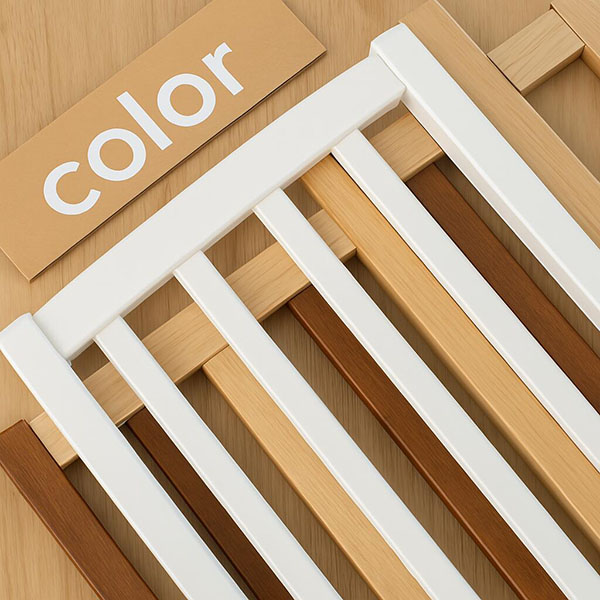What are some of the best wooden toys for kids?
Plastic toys are everywhere, but most break fast or overstimulate. Wooden toys last longer and support deeper play.
The best wooden toys for kids are open-ended, durable, and support creativity—like building blocks, puzzles, and pretend-play sets.

Wooden toys don’t just look pretty on shelves. They teach kids how to think, solve problems, and play longer without getting bored. Let’s break down what makes them the better choice.
Why choose wooden toys over plastic ones?
Bright plastic toys make noise, light up, and attract attention fast—but that doesn’t always mean they’re better.
Wooden toys are safer, more durable, better for development, and usually made from non-toxic materials.
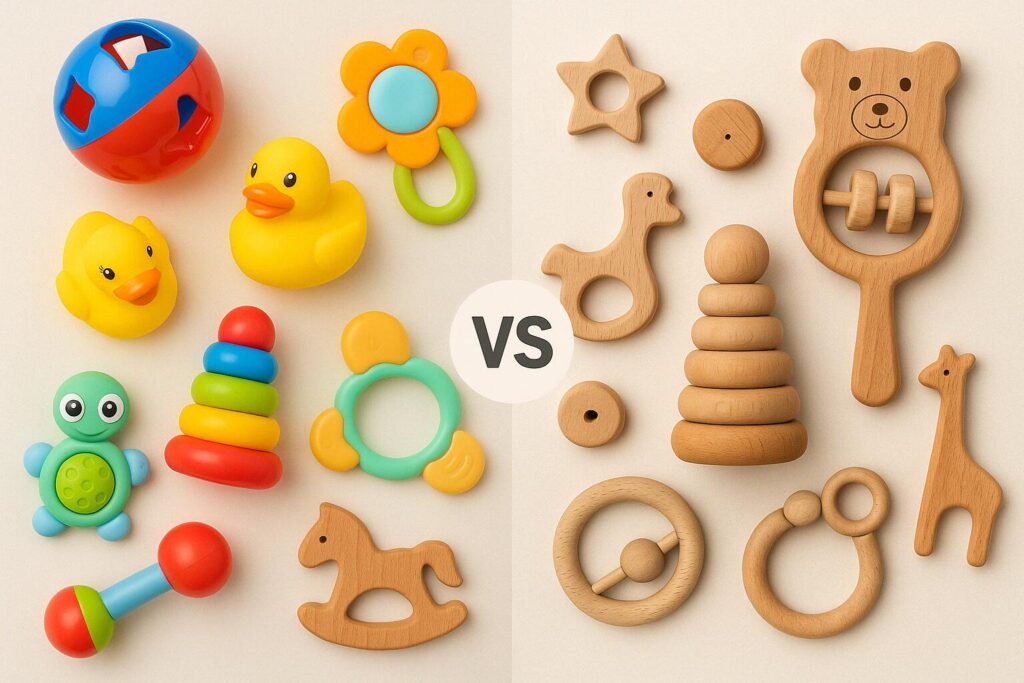
What do wooden toys teach that plastic ones don’t?
Wooden toys help children slow down. They have fewer distractions. That encourages problem-solving and creativity.
| Feature | Wooden Toys | Plastic Toys |
|---|---|---|
| Durability | Very high | Often breaks easily |
| Sensory value | Natural textures and weight | Often smooth and hollow |
| Learning experience | Requires more thinking | Often passive or automated |
| Environmental impact | Biodegradable and sustainable | Usually non-recyclable |
Wooden toys also feel better in a child’s hand. They’re often heavier and warmer to the touch.
Are wooden toys safe for toddlers?
Yes, as long as they follow safety standards. Look for smooth edges, non-toxic paint, and large pieces that can’t be swallowed.
| Age Group | Safe Wooden Toy Types |
|---|---|
| 6–18 months | Stacking rings, rattles, push toys |
| 2–3 years | Shape sorters, simple puzzles |
| 3–5 years | Tool sets, dollhouses, train sets |
I started with a wooden shape sorter. It became a daily go-to because it encouraged problem-solving without needing batteries or screens.
What are the best wooden toys for creative play?
When kids play freely, they build imagination. The right wooden toy gives them a starting point, not a fixed storyline.
The best wooden toys for creative play are building blocks, kitchen sets, train tracks, and dolls with accessories.
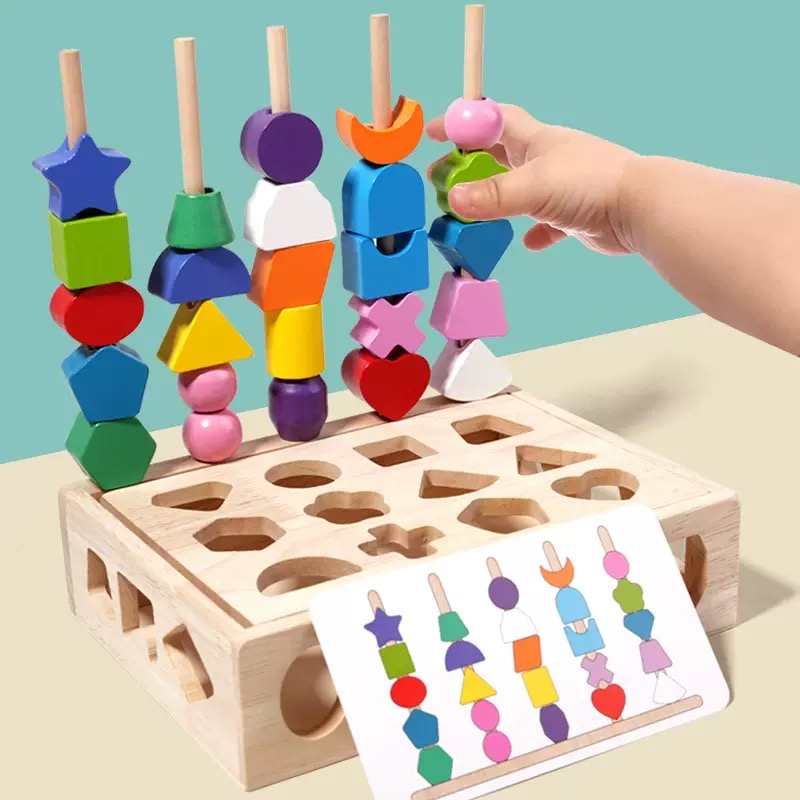
Why does creative play matter?
It supports brain growth, emotional expression, and communication. Kids who create stories during play build stronger social skills.
| Toy Type | How It Supports Creativity |
|---|---|
| Wooden building blocks | Open-ended play, structure building |
| Toy kitchen sets | Role-playing, daily routine mimicry |
| Wooden train sets | Design, sequencing, imagination |
| Dollhouses | Family roles, storytelling, empathy |
My nephew built his own “fire station” using just wooden blocks. He used them as beds, ladders, and cars. That’s creativity in action.
Are these toys still fun without sound or lights?
Yes—kids often play longer when there are fewer distractions. Quiet toys let them stay in control of the story.
| Toy Feature | Plastic Version | Wooden Alternative |
|---|---|---|
| Talking doll | One voice, one function | Wooden doll = full imagination |
| Light-up train | Moves on button press | Wooden train = manual movement |
| Piano with lights | Random noises | Wooden xylophone = real sound |
Kids don’t need constant noise. They need space to think.
Which wooden toys are best for learning and motor skills?
Many wooden toys double as learning tools. They can teach math, sorting, coordination, and problem-solving.
Puzzles, counting toys, bead mazes, and lacing boards are great for motor and cognitive development.
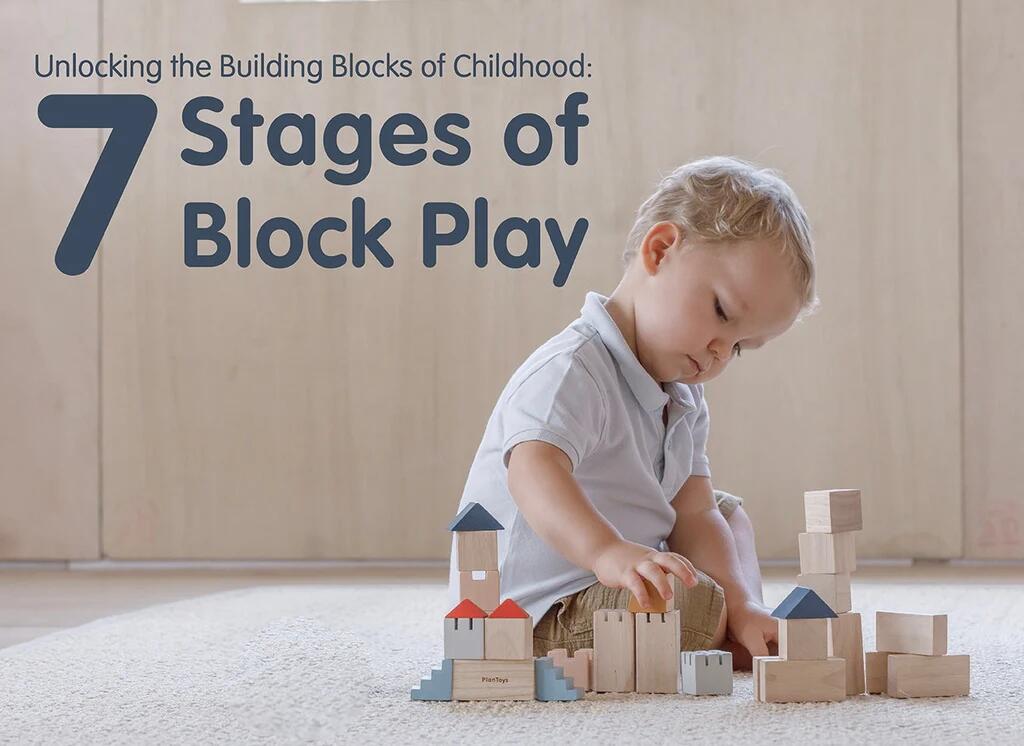
How do wooden toys support fine motor skills?
Kids develop control through repetition and precision. Wooden toys demand more careful movement than soft or electronic ones.
| Skill Area | Wooden Toy Example | Benefit |
|---|---|---|
| Hand-eye coordination | Puzzle boards | Finding and placing pieces |
| Counting skills | Abacus or number boards | Visual and tactile learning |
| Grip strength | Lacing toys, hammer peg games | Holding, pulling, pushing |
| Sequencing | Stacking toys | Learning order and balance |
I remember watching a toddler spend 20 minutes matching shapes on a wooden puzzle board. That focus doesn’t come from flashy toys.
What wooden toys grow with your child?
Good toys adapt to new skills. Wooden blocks and pretend tools are used differently at every age.
| Toy Type | Early Play Use | Later Play Use |
|---|---|---|
| Wooden blocks | Stacking practice | Imaginative building (castles, cities) |
| Puzzle boards | Shape learning | Memory, speed games |
| Toy tools | Basic exploration | Building pretend furniture |
| Counting beads | Color sorting | Basic math and grouping |
Look for toys that aren’t tied to just one age group. These offer more value and fewer toy box purges.
Are wooden toys worth the cost?
They can seem expensive upfront. But in the long run, they save money and reduce waste.
Yes, wooden toys are worth it because they last longer, support better play, and are often passed down between children.
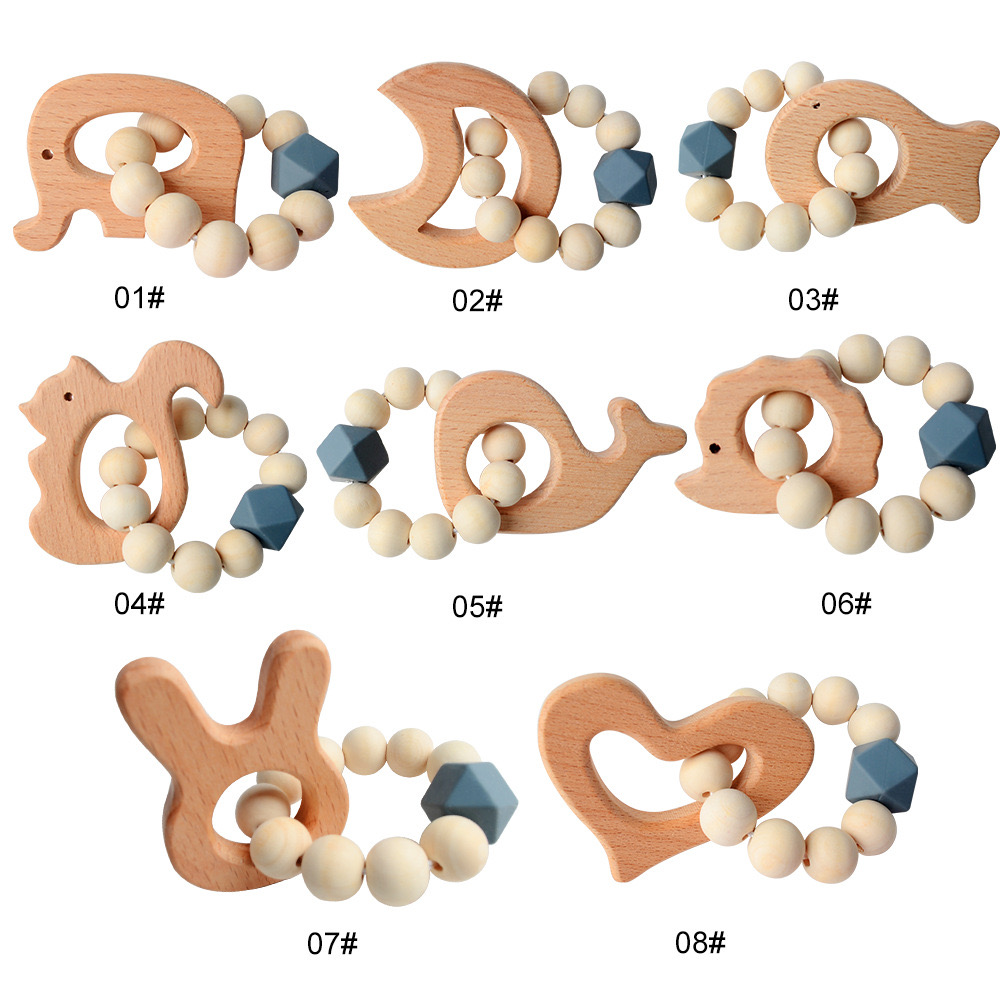
Do wooden toys hold kids’ interest?
Yes, because they don’t do all the work for the child. They keep kids thinking and interacting.
| Concern | Wooden Toy Reality |
|---|---|
| “Will it break?” | Almost never with quality materials |
| “Will they get bored?” | Less likely—more imagination involved |
| “Is it safe?” | Yes, if made by trusted manufacturers |
| “Too expensive?” | Cost per use is often lower over time |
One of the best investments I made was a quality wooden train set. It’s been passed down to three cousins and still gets used weekly.
Conclusion
Choose wooden toys that are simple, open-ended, and age-appropriate. These toys grow with your child and build smarter play.

